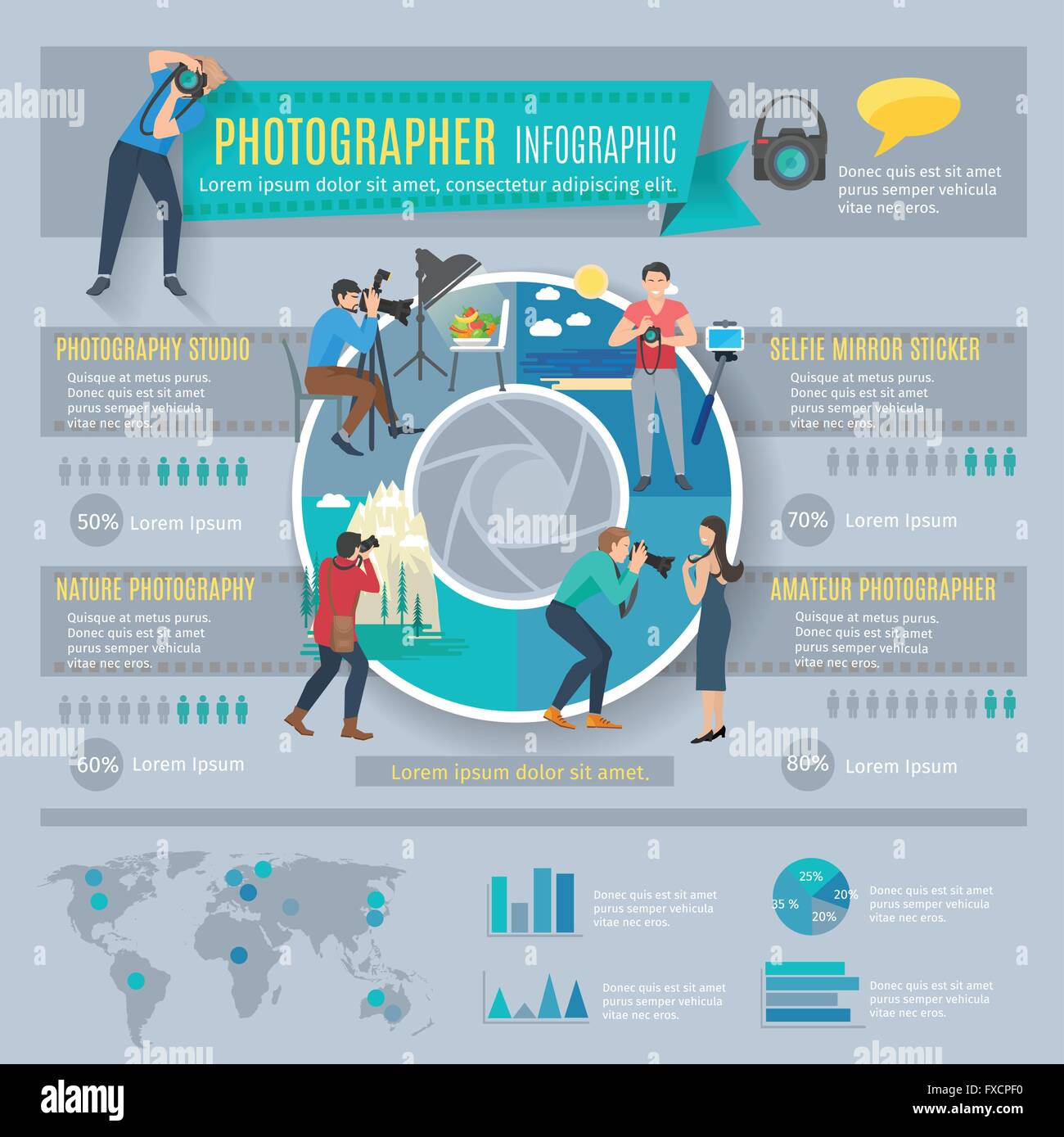What Every Professional Photographer Should Know About Lighting
What Every Professional Photographer Should Know About Lighting
Blog Article
Material Composed By-From Fraser
As a professional photographer, you understand that lights can make or break your photos. Recognizing the nuances of both natural and synthetic light is crucial for capturing the mood and clearness you aim for in your work. Whether please click the following website chasing the best gold hour glow or fine-tuning your artificial configurations, understanding these aspects can elevate your photography significantly. Yet there prevail challenges that several ignore, and acknowledging them can change your technique to every shoot. Let's discover what you could be missing and just how it can impact your outcomes.
Recognizing All-natural Light
Understanding natural light is crucial for any type of digital photographer seeking to boost their job. It's the structure of excellent photography, affecting mood, tone, and quality. When you shoot outdoors, pay attention to the moment of day. The gold hour-- quickly after dawn and prior to sundown-- supplies soft, warm light that can transform regular scenes right into sensational pictures.
Do not undervalue the power of overcast days. Cloud cover diffuses sunlight, creating a soft, even light that's best for pictures and macro photography. You'll find colors appear this kind of lighting without rough darkness.
Placing issues, also. Constantly consider your subject's orientation to the light. If the sunlight's behind your topic, you might end up with a shape, which can be significant yet mightn't be what you desire. Conversely, straight sunlight can develop unflattering shadows.
Trying out angles; often, altering your viewpoint can produce amazing results. Usage natural reflectors, like water or sand, to bounce light onto your topic, including measurement.
Learning Artificial Light
Understanding fabricated light is vital for professional photographers that wish to take their skills to the following degree. Whether you're making use of speedlights, studio strobes, or continual lights, recognizing exactly how to manipulate these resources can substantially enhance your images.
Begin by acquainting yourself with the basics of light high quality, instructions, and shade temperature. Trying out different modifiers like softboxes, umbrellas, or grids to manage the softness or harshness of the light.
You'll discover that soft light often produces flattering results, while harsher light can add dramatization and depth. Don't shy away from darkness; they can improve the three-dimensionality of your topics.
Pay close attention to the positioning of your lights. A light positioned also near to your subject can produce unflattering outcomes, while as well far away can bring about a lack of detail. Utilize a light meter or your camera's pie chart to ensure you're exposing correctly.
Finally, bear in mind that artificial light can be combined with ambient light for imaginative impacts. Balancing these sources may take method, once you master it, your digital photography will genuinely radiate.
Strategies for Different Circumstances
When you step into various shooting scenarios, adapting your illumination strategies is essential for catching the most effective photos. For outside portraits, make use of the gold hour-- morning or late afternoon light-- to soften shadows and boost complexion.
If it's a rough midday sunlight, take into consideration making use of a reflector to jump light back onto your subject or seek shaded areas for an extra also direct exposure.
In https://writeablog.net/marcel38ilene/easy-ways-to-boost-your-picture-digital-photography -light scenarios, like indoor occasions, enhance your ISO and use a wide aperture to allow in more light. A tripod can help get rid of cam shake, permitting longer exposures without blurring.
If you're shooting at evening, try out off-camera flash to develop dynamic lights and depth in your photos.
For item photography, make use of diffused lighting to avoid severe representations. Softboxes or light outdoors tents can assist achieve this result.
When photographing landscapes, think about the instructions of light and time of day, as it can dramatically change the state of mind of your shot.
Constantly be ready to readjust your setups and positioning based upon the situation, as adaptability is crucial to mastering illumination in photography.
Verdict
In conclusion, grasping illumination is vital to boosting your digital photography skills. Welcome all-natural light's appeal during gold hour, and do not avoid try out man-made light methods. By adjusting your approach to various circumstances, you'll capture sensational pictures that reverberate with emotion and quality. Bear in mind, the ideal lights can transform a regular shot into something extraordinary, so maintain exercising and improving your understanding of both all-natural and fabricated light. Happy capturing!
